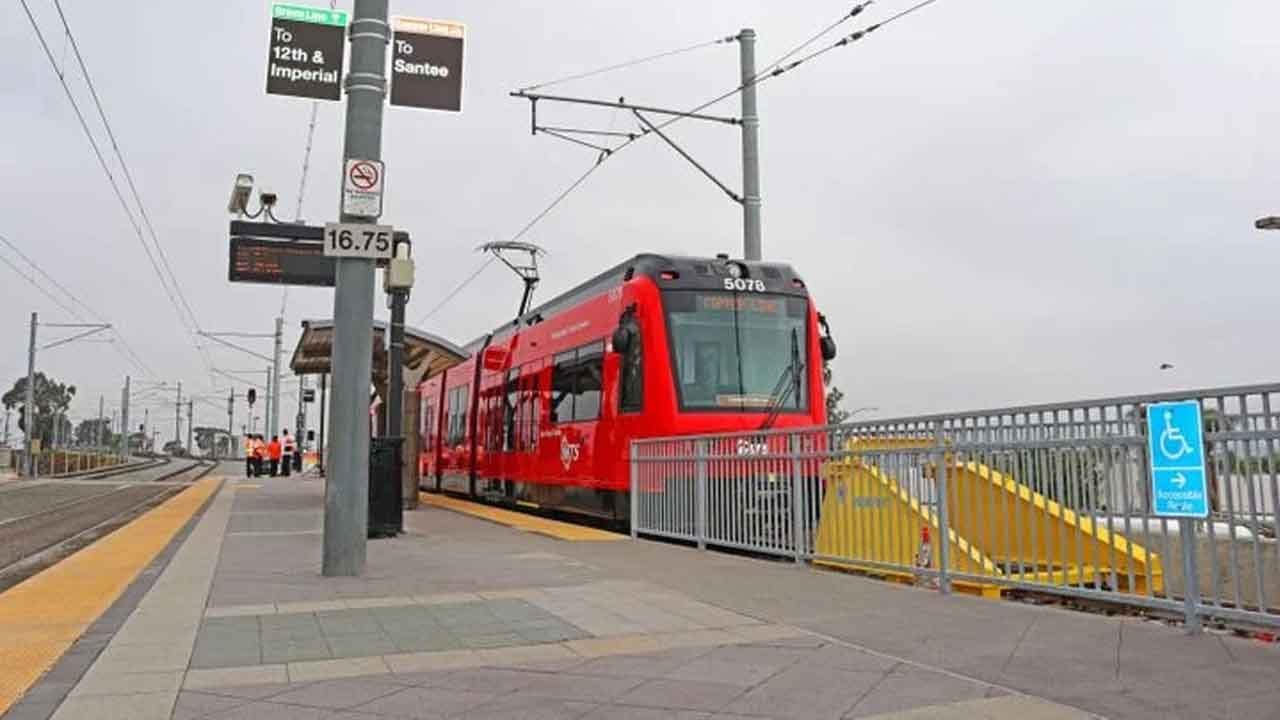Railways Minister Ashwini Vaishnaw has announced that significant progress has been made on the ambitious Rishikesh-Karnaprayag railway project in Uttarakhand, with nine of the 16 mainline tunnels now completed.
Stretching 125 kilometers through the rugged Himalayan landscape, this rail corridor traverses the districts of Dehradun, Tehri Garhwal, Pauri Garhwal, Rudraprayag, and Chamoli, offering much-needed rail connectivity to the hilly regions of the state. Once operational, it will link Uttarakhand’s religious and tourist hubs with Rishikesh and Delhi, enhancing accessibility and boosting tourism.
Given the region’s challenging topography, a substantial 84 percent of the project’s total length consists of tunnels. The project entails the construction of 16 mainline tunnels, covering 105 kilometers, and 12 escape tunnels, extending 98 kilometers. According to Vaishnaw’s statement in the Rajya Sabha, 94 kilometers of mainline tunnels and over 88 kilometers of escape tunnels have been completed so far.
To accelerate construction, eight adits—additional access points for tunnel excavation—were identified, all of which have now been completed, spanning a total of 4.822 kilometers.
A key highlight of the project is Tunnel T8, which, upon completion, will be the longest railway tunnel in India at 14.59 kilometers. Advanced Tunnel Boring Machine (TBM) technology is being employed for its construction, with strict ecological safeguards in place to minimize environmental impact.
Beyond tunneling, eight out of the 19 planned major bridges have also been completed. “Work on the remaining bridges is actively underway,” Vaishnaw confirmed.
Additionally, 12 new railway stations are being developed along the route. These include Yognagari Rishikesh, Shivpuri, Byasi, Devprayag, Janasu, Maletha, Ranihat Naithan (Srinagar), Dhari Devi, Tilani, Gholtir, Gauchar, and Karnaprayag.
Once finished, the Rishikesh-Karnaprayag rail link will revolutionize connectivity in Uttarakhand, fostering economic growth and easing travel for both residents and pilgrims visiting the state’s revered religious sites.










